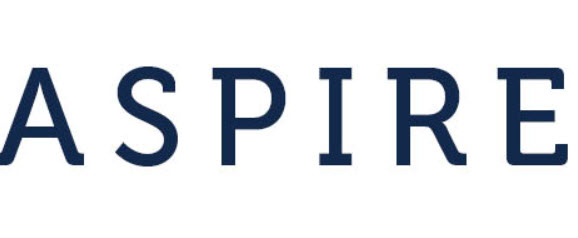I was lost at college until I found anthropology: The study of man. In college I loved reading how sexually repressed we were and how other cultures found sex with someone other than your spouse healthy. Primitive? I think not. Have I ever cheated on the wifus? I think not. Freakin’ culture!
Who knew anthropology would end up shaping my career 30 years later? I certainly didn’t. My senior year I went to Washington D.C. on Rollins College’s dime to the annual convention of the American Anthropological Association where I had the absolute privilege of seeing Margaret Mead. I could tell she was one of those special earthlings, but didn’t then conceive she would impact my career, unless I worked in a museum or became a teacher.
After years in account management, I became a brand planner. Planners care about culture. Not brand culture, people culture. Good planners must assess the product. They need to understand how it’s made, of what it’s made, where and why. Then they must map that learning into patterns — trying to find the love. Where culture comes in is delving into how consumers and non-consumers intersect with the product. Deeply understanding the how, when and why. Becoming intimate with the feelings, needs, and the fulfillments. Weighing these intersections, culling, then prioritizing them.
What comes out at the back end is a brand plan. A brand plan has two things: A brand idea or claim. (The claim doesn’t have to be unique, it just has to be true.) And 3 support planks or proof planks. The organizing principle for proving the claim. When combined, these three planks must be unique.
The brand plan is the way forward. It guides future product development, creates the map for marketing, and allows employees to understand product culture. I’m not sure Margaret Mead would approve of me name dropping in a marketing blog but I bet I could get her to buy something. Peace! (On that she would agree.)
 As a group, I think brand planners are pretty good at delving into feelings and psyches. Reading people. Especially excitements, highs, lows and anxieties.
As a group, I think brand planners are pretty good at delving into feelings and psyches. Reading people. Especially excitements, highs, lows and anxieties.




